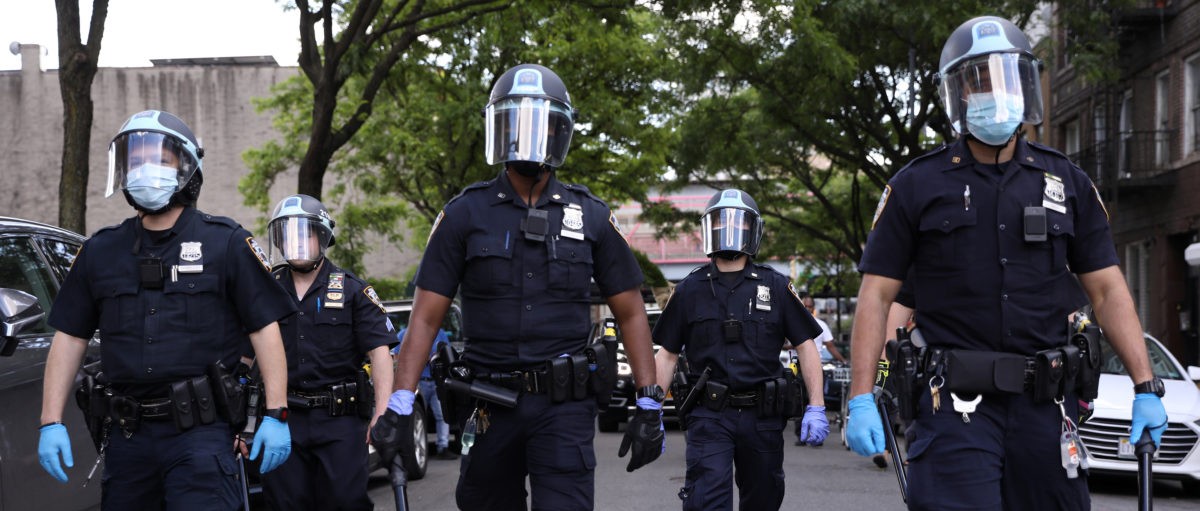
PBS: Can use of force restrictions change police behavior?
PBS examines the renewed call from reform advocates in recent month to restrict police use of force in a story published July 23. But measuring the impact and effectiveness of different restrictions can be complicated. To help understand the factors and issues of this complex issue, PBS turned to University of Cincinnati criminologist Robin Engel, a renowned expert in policing policy.
Engel, a criminal justice professor and director of the International Association of Chiefs of Police and University of Cincinnati Center for Police Research and Policy, tells PBS that it’s hard to measure racial disparities, in part because every case must be looked at in its own context.
Simply taking the total number of Black people killed by police and comparing it to their overall population size is not a good comparison because it removes the situational factors that may play a role in the use of force, Engel said.
“I’m not claiming that [racial disparities] are not real. They are. It’s very clear there are racial and ethnic disparities,” Engel said. “But the reasons for those disparities is what we really need to better understand as social scientists so that we can better inform the solutions.”
Read the full story here.
Featured image at top: Police officers are seen during a protest against the death in Minneapolis police custody of George Floyd, in New York City, U.S., May 31, 2020. REUTERS/Caitlin Ochs
Related Stories
UC celebrates record spring class of 2025
May 1, 2025
UC recognized a record spring class of 2025 at commencement at Fifth Third Arena.
CCM welcomes new viola faculty member Brian Hong
May 1, 2025
UC College-Conservatory of Music Dean Pete Jutras has announced the appointment of Brian Hong as CCM's new Assistant Professor of Viola. His faculty appointment officially begins on Aug. 15, 2025. Hong has established a notable career as a critically acclaimed performer, inspiring pedagogue and successful music administrator. As the violist of the GRAMMY-nominated Aizuri Quartet from 2023-2025, he premiered major new works on nationally renowned chamber music series and conducted residencies at universities across the United States.
‘Doing Good Together’ course gains recognition
May 1, 2025
New honors course, titled “Doing Good Together,” teaches students about philanthropy with a class project that distributes real funds to UC-affiliated nonprofits. Course sparked UC’s membership in national consortium, Philanthropy Lab.
